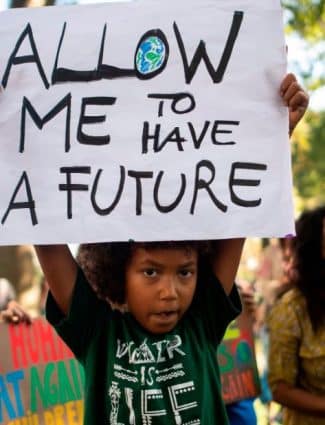
Record-Breaking Heat Despite Chilly Winter
Later is Too Late to Protect Our Kids from Climate Change!
Estimated reading time: 2 minutes, 6 secondsJust yesterday, we soared past fifty degrees! It felt like spring had arrived early as rain cascaded down, sweeping away the last remnants of winter’s snow. But this morning, I turned everything upside down. Walking outside, I faced a bone-chilling reality with temperatures dipping below freezing. Gusts of wind hit me like a cold slap, making it feel like a frigid seven degrees! It’s a wild swing from yesterday’s warmth. Can you believe January has been the hottest amidst this chilly winter? What on earth is going on?
According to Vox, “The European Union’s space program, Copernicus, and independent research group Berkeley Earth both confirmed the result. The planet was between 2.95 degrees Fahrenheit (1.64 Celsius) and 3.15 degrees F (1.75 C) warmer than the average January at the dawn of the Industrial Revolution, back when humanity’s voracious appetite for coal, oil, and natural gas began to take off, spewing heat-trapping gasses into the atmosphere. ”
So, as Vox asked, why was this past January still so hot worldwide?
In an email, Dillon Amaya, a research scientist at the National Oceanic and Atmospheric Administration, said to Vox:
It would seem that the developing La Niña is not yet mature enough to overcome the warmth associated with widespread marine heatwave conditions around the globe. The equatorial Pacific crossed our usual La Niña threshold for the first time in January, but those anomalies need to be at least that strong for four more consecutive months before a La Niña is officially declared.
I did not watch the Super Bowl (not surprisingly). Kathrine Hayhoe, a climate scientist, alerted me to an ad from Science Moms, a nonpartisan climate advocacy group composed of climate scientists and mothers. This marked the first time an advertisement addressing climate risks aired during the Super Bowl, the most-watched sporting event in the United States. Approximately 13.6 million viewers who streamed the Super Bowl online saw the ad, in addition to 2.5 million television viewers in the Los Angeles market.


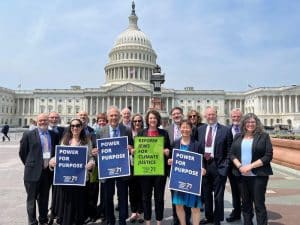
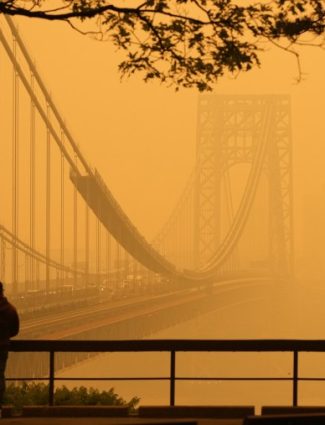
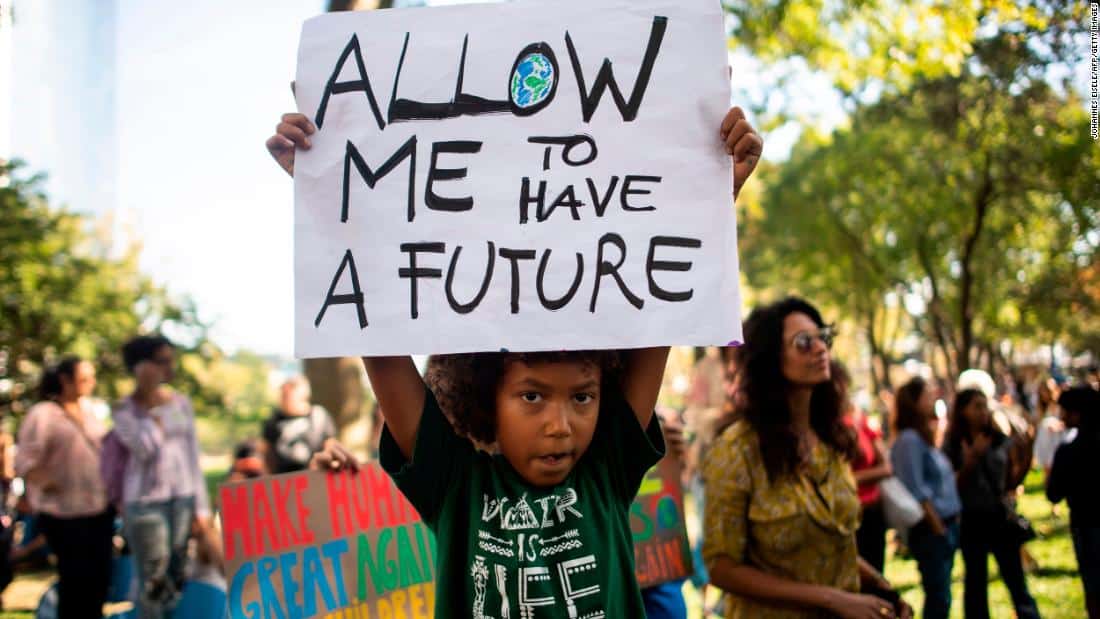


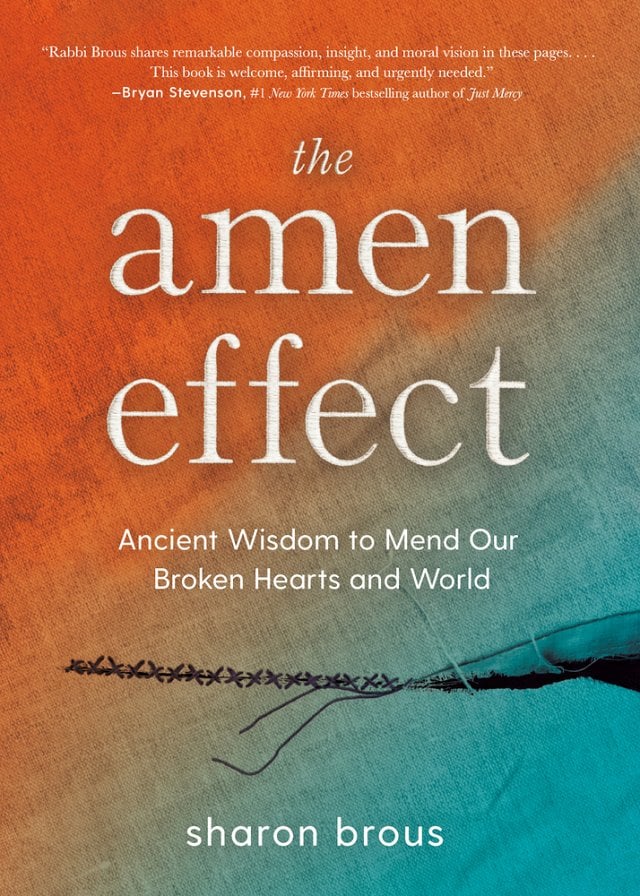



Crazy weather..But in NJ, the cold from this January was the same as 1988. Very cold! And our family on Niagara Falls were freezing and not stop snow storms.
Yes, we have faced a cold period this year, but we are nearing the end of the harshest weather. I embrace each day as it comes. As of this morning, I proudly stand at 1,394 consecutive days.